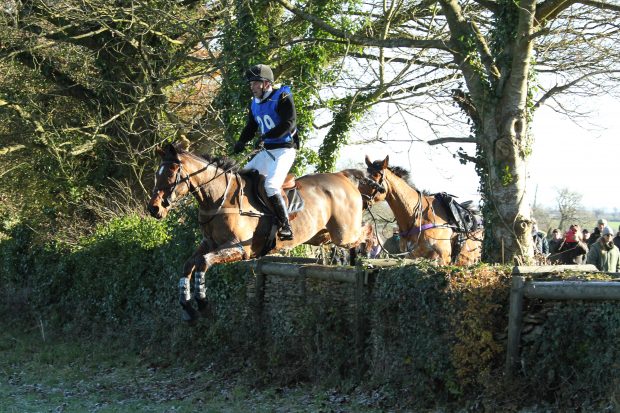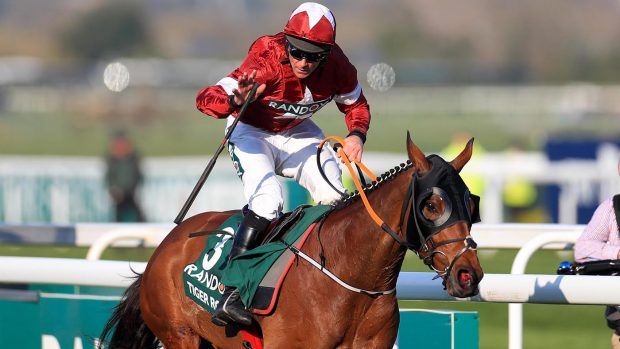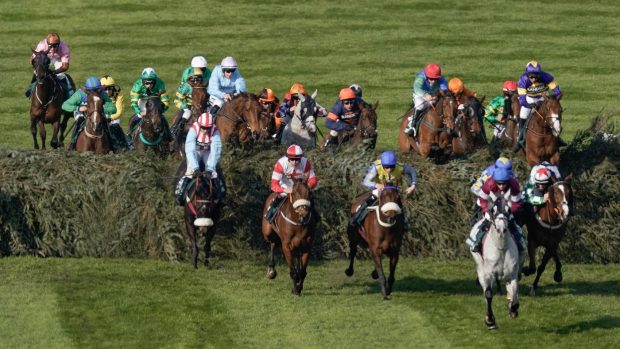The Managing Director of Cheltenham Racecourse, Edward Gillespie, has called for substantiated evidence to back-up links between hunting and National Hunt racing.
At his instigation, a study is underway to correlate information from the racing, point-to-pointing and equestrian world to provide more than a snapshot of the interdependence of the hunting and racing communities.
“We are pretty certain that the figures are compelling,” says Gillespie. “It is simply a question of collating information to show how closely intertwined the industries are.
“While the Countryside Raceday in November demonstrates unabashedly the links between hunting, racing and the rural community, even the Festival in March is the coming together of all folk.”
He is quick to emphasise, however, the far-reaching nature of the association between racing and hunting. As is borne out by many racehorse rehabilitation centres, a major concern is the welfare of racehorses once their careers over the sticks come to an end.
“Of huge concern to the racing industry is how you keep horses fit and healthy and happy after racing. The evidence we already have suggests that as many as 30% of horses that come out of racing (including flat racing) progress to the point-to-pointing and hunting field.
“Of course it works the other way, and it is vital to see how hunting supports racing at the other end. How many horses come to National Hunt racing via point-to-pointing.
“On an entirely different tack, it is quite clear that the hunting field is the place that many National Hunt jockeys have picked up the bug, and indeed their riding skills, on the hunting field.”
The aim of the study is to establish the precise figures involved in the argument. “This is information we want to have a handle on rather than guess”, says Gillespie. The study requires information from the British Horseracing Board on point-to-pointing figures, and from Weatherbys, which is in a position to correlate data.
In addition, Retraining of Racehorses (ROR) is in a position to contribute. Since May, the organisation has insisted that all trainers should fill in a form when a racehorse is retired from the racetrack, indicating which direction the animal’s career is going: sport, point-to-pointing or recreation (hunting and hacking). Even then, a certain amount of guesswork will need to be done, but Di Arbuthnot of ROR is convinced of the impact that a hunting ban would have.
She told The Telegraph: “Since ROR has been in operation, we have never really had to worry about finding homes for jumpers.
“The majority of trainers are very responsible and the majority of horses end up point-to-pointing or hunting.”
She is less convinced, however, of the idea that many spend their twilight years hacking out. “Only so many have the temperament to go ‘happy hacking’, and that market is just about saturated now.”



